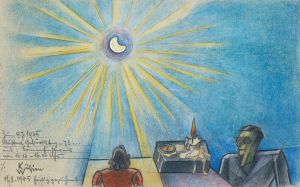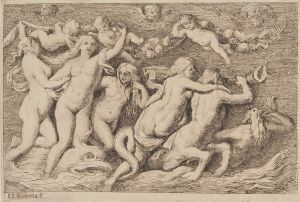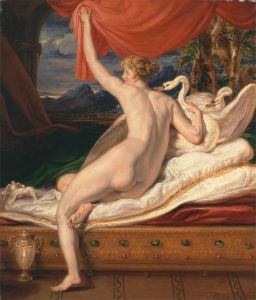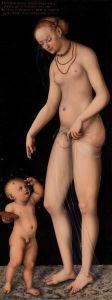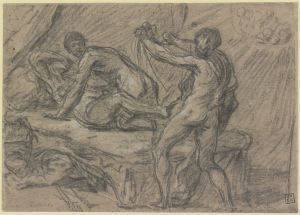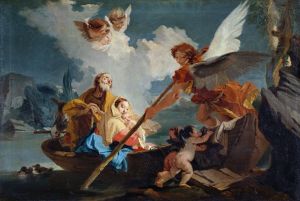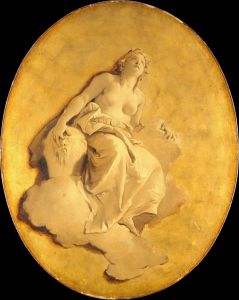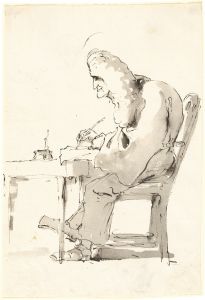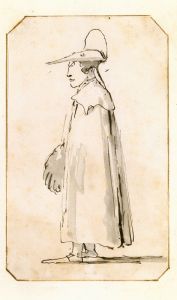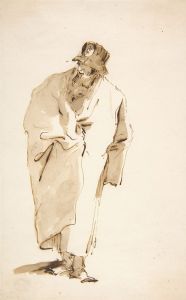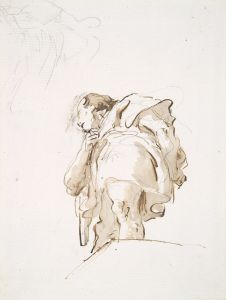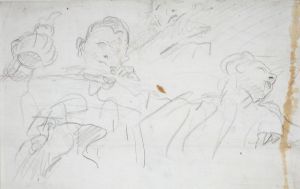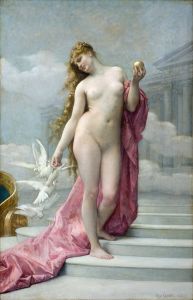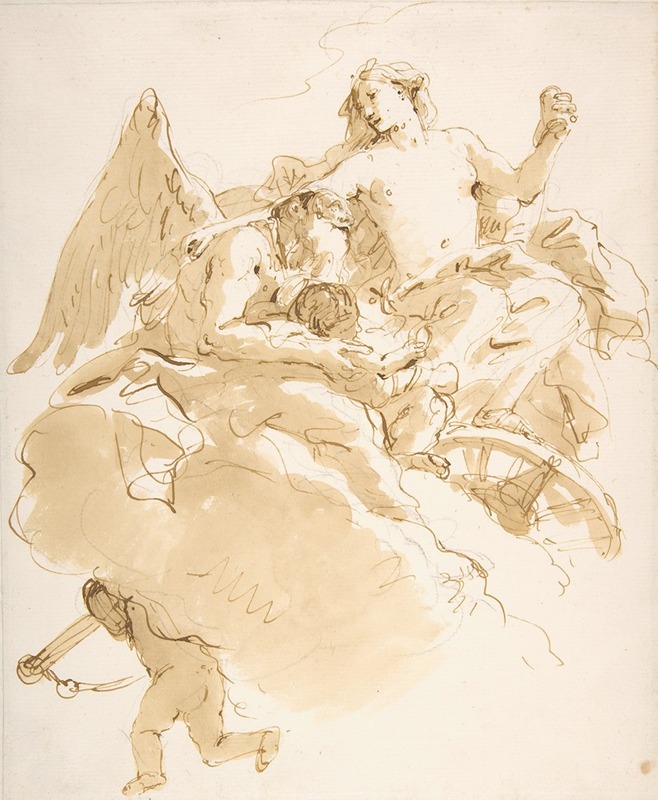
Venus Entrusting an Infant to Time
A hand-painted replica of Giovanni Battista Tiepolo’s masterpiece Venus Entrusting an Infant to Time, meticulously crafted by professional artists to capture the true essence of the original. Each piece is created with museum-quality canvas and rare mineral pigments, carefully painted by experienced artists with delicate brushstrokes and rich, layered colors to perfectly recreate the texture of the original artwork. Unlike machine-printed reproductions, this hand-painted version brings the painting to life, infused with the artist’s emotions and skill in every stroke. Whether for personal collection or home decoration, it instantly elevates the artistic atmosphere of any space.
"Venus Entrusting an Infant to Time" is a painting by the Italian artist Giovanni Battista Tiepolo, a prominent figure of the Venetian Rococo movement. Created in 1754, this work is an allegorical depiction that reflects Tiepolo's mastery of dynamic composition, vibrant color, and theatricality.
The painting was originally commissioned as part of a decorative scheme for the Palazzo Dolfin Manin in Venice, a residence of the Dolfin family. Tiepolo was known for his large-scale frescoes and canvases that adorned the interiors of palaces and churches, and this work exemplifies his ability to combine mythological themes with a sense of grandeur and movement.
In the composition, Venus, the Roman goddess of love and beauty, is depicted entrusting an infant, often interpreted as a representation of her son Cupid, to the figure of Time. Time is personified as an elderly man with wings and a flowing beard, holding an hourglass, a traditional symbol of the passage of time. The scene is imbued with allegorical meaning, suggesting themes of love, the inevitability of time, and the nurturing of youth.
Tiepolo's use of light and color enhances the dramatic effect of the painting. The figures are illuminated by a soft, ethereal light, and the artist employs a palette of delicate pastels and rich tones to create a sense of harmony and elegance. The composition is dynamic, with the figures arranged in a swirling, almost theatrical manner, characteristic of Tiepolo's style.
The painting is now housed in the National Gallery of Art in Washington, D.C., where it remains an important example of Tiepolo's work and the Rococo style. It continues to be admired for its technical brilliance, allegorical depth, and the artist's ability to convey a sense of movement and emotion.
This work is one of many that demonstrate Tiepolo's skill in blending classical mythology with the decorative and expressive qualities of the Rococo period. It serves as a testament to his reputation as one of the leading painters of 18th-century Europe.





